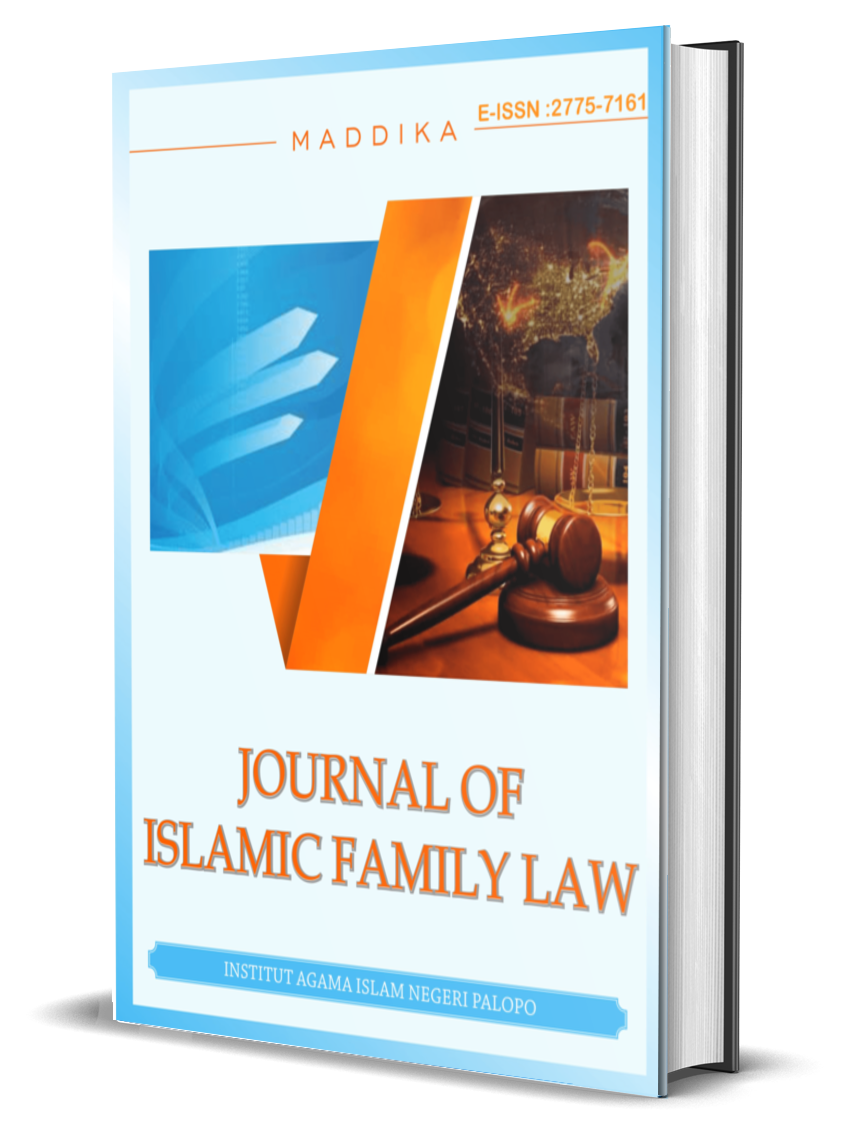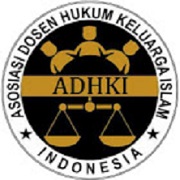CRIMINAL LIABILITY OF IUP HOLDERS IN CASES OF ENVIRONMENTAL POLLUTION RESULTING FROM MINING ACTIVITIES
DOI:
https://doi.org/10.24256/maddika.v6i1.7456Abstract
Environmental pollution caused by mining activities is a complex issue that requires comprehensive handling through strict and effective criminal laws. Holders of a Mining Business License (IUP) have a legal obligation to comply with environmental protection and management regulations. While some studies examine criminal environmental liability in general, this study specifically analyzes the criminal liability of IUP holders. It focuses on factors that influence the effectiveness of law enforcement and formulates a criminal law enforcement model that can enhance environmental protection from the negative impacts of mining activities. Using a normative legal research method, this study analyzes the legal basis for the criminal liability of IUP holders in cases of environmental pollution caused by mining activities. It identifies factors that influence the effectiveness of criminal law enforcement against IUP holders and formulates a criminal law enforcement model to enhance environmental protection from the negative impacts of mining activities. The study analyzes primary legal materials, such as Law No. 32 of 2009 on Environmental Protection and Management, related regulations, and previous research findings. The results of the study indicate that the legal framework for the criminal liability of IUP holders is based on the principle of comprehensive liability, encompassing both corporate and individual liability, with the application of progressive criminal sanctions. The effectiveness of environmental criminal law enforcement is influenced by the complexity of interagency coordination, human resource capacity, the application of the ultimum remedium principle, and a monitoring system that requires improvement. This study contributes to developing more effective environmental criminal law enforcement policies by strengthening interagency coordination, improving human resource capacity, and using technology for monitoring.
Downloads
Published
How to Cite
Issue
Section
Citation Check
License
Copyright (c) 2025 Andi Alamsyah, Rizka Amelia Armin

This work is licensed under a Creative Commons Attribution-ShareAlike 4.0 International License.
Authors who publish in this journal agree to the following terms:
- Authors retain copyright and grant the journal right of first publication with the work simultaneously licensed under a Creative Commons Attribution License that allows others to share the work with an acknowledgment of the work's authorship and initial publication in this journal.
- Authors can enter into separate, additional contractual arrangements for the non-exclusive distribution of the journal's published version of the work (e.g., posting it to an institutional repository or publishing it in a book), with an acknowledgment of its initial publication in this journal.
- Authors are permitted and encouraged to post their work online (e.g., in institutional repositories or on their websites) before and during the submission process, as this can result in productive exchanges and earlier and greater citations of published work.





















